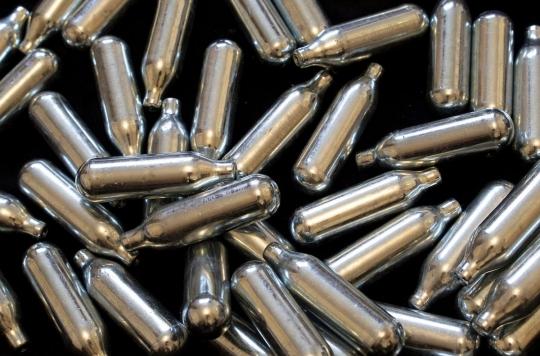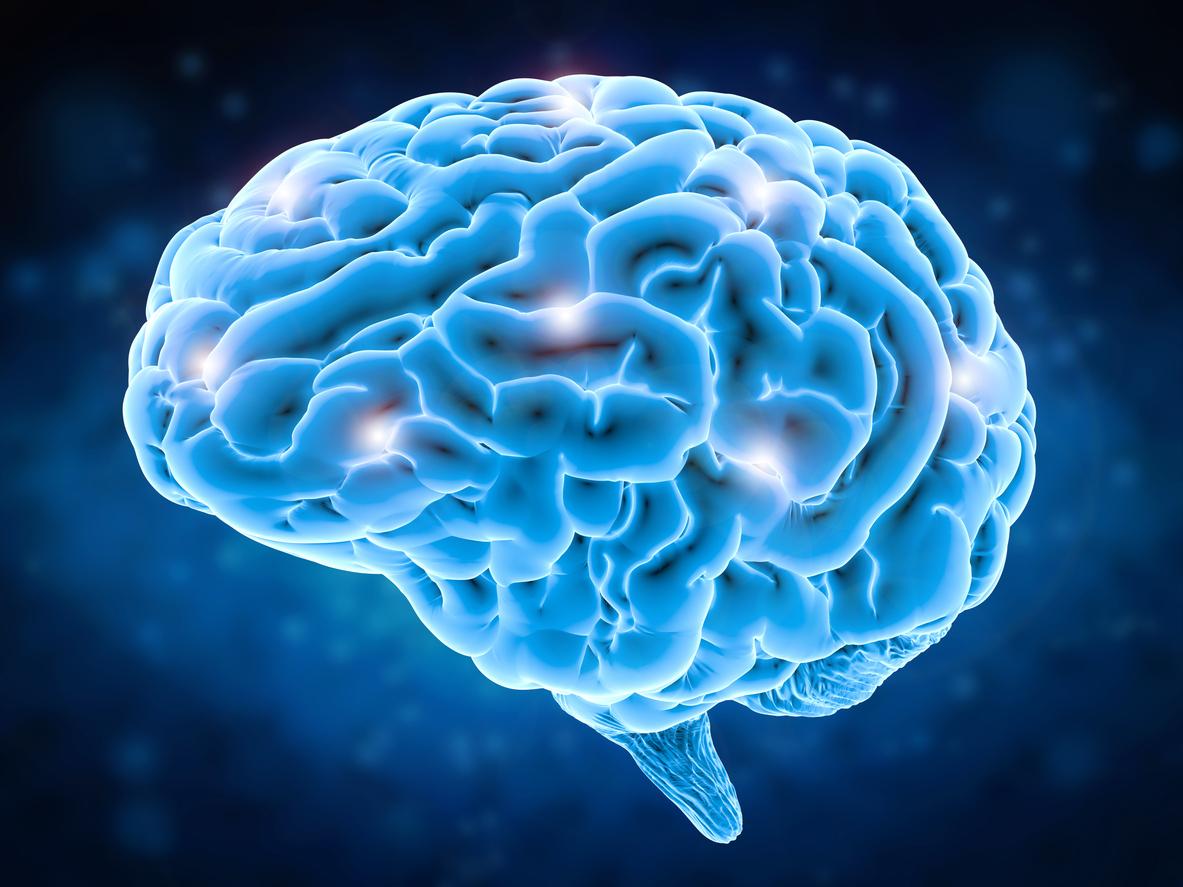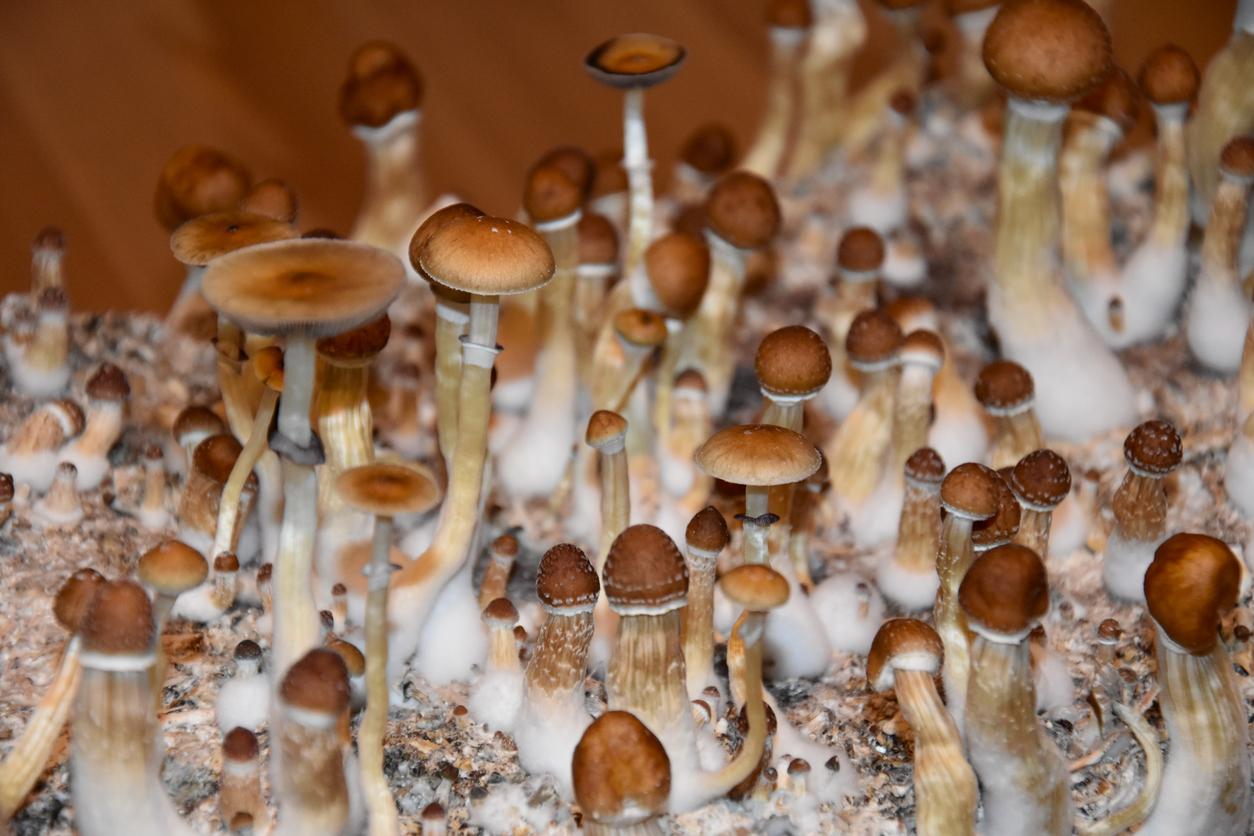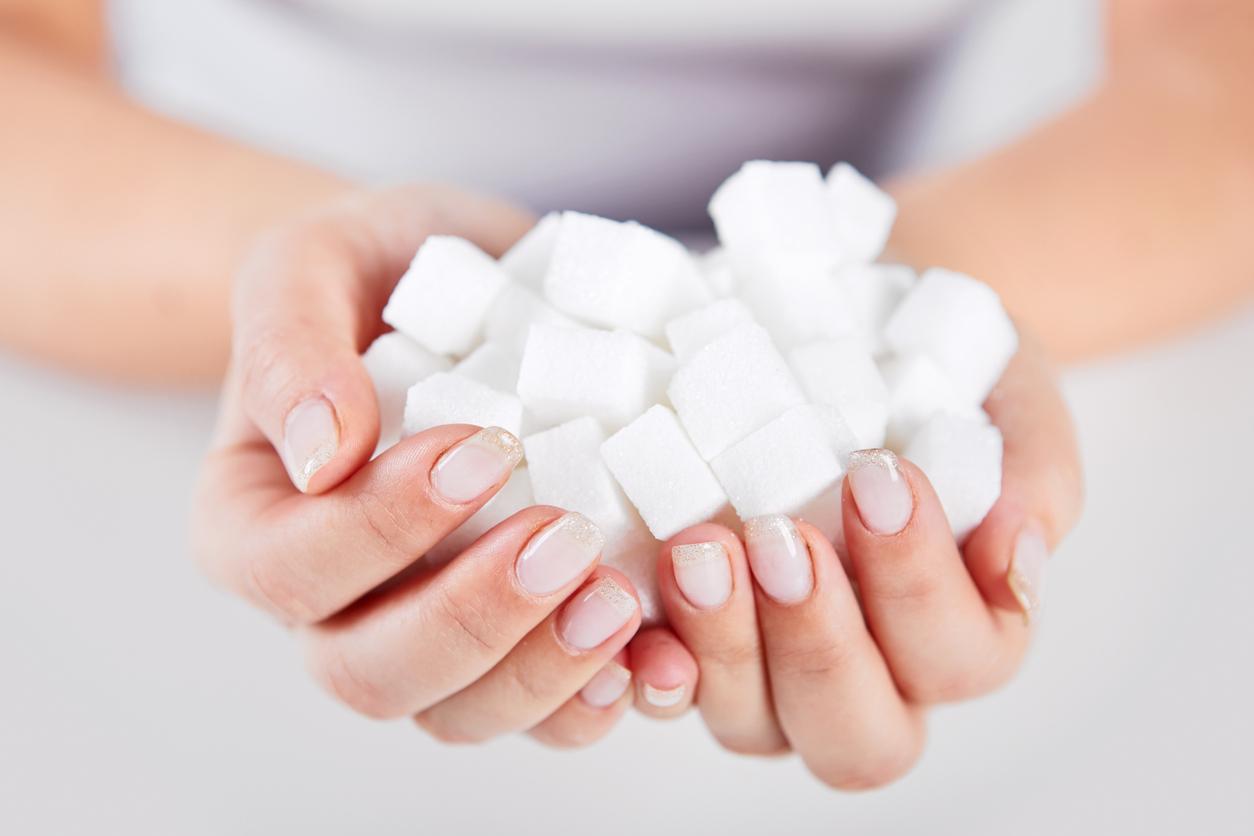Nitrous oxide, or laughing gas, taken in low doses could be a quick and effective treatment for severe depression. Beware of the consumption of this product which can lead to short-term deficiencies and cause real neurological or psychological disorders in the long term.

- A first study showed that a one-hour inhalation session with 50% nitrous oxide gas reduced the depressive symptoms of some patients, but with strong side effects.
- This new study shows that a 25% concentration offers the same benefits without the adverse effects.
- Nitrous oxide remains a dangerous product in the short and long term.
Laughing gas to counter depression? In a new study, published on June 9 in the journal Science Translational Medicine, researchers from the University of Medicine of Chicago and Washington reported that an inhalation session with 25% nitrous oxide gas can quickly relieve symptoms of treatment-resistant depression, with fewer side effects unwanted. The positive effects are said to last much longer than previously thought, with some participants experiencing improvements for over two weeks.
A well-known painkiller
Nitrous oxide is frequently used as an anesthetic for short-term pain relief in dentistry and surgery. In October 2019, American researchers showed that the product could relieve labor pains without being harmful to the baby. “These findings reinforce evidence that non-traditional treatments may be a viable option for patients whose depression does not respond to typical antidepressant medications.the researchers wrote. It can also provide a rapidly effective treatment option for patients in crisis..”
This study is not the first to investigate the effects of nitrous oxide against depression. In previous research, scientists tested the effects of a one-hour inhalation session with 50% nitrous oxide gas in 20 patients. The results were positive as the treatment brought about rapid improvements in depressive symptoms. However, several patients have experienced negative side effects, including nausea, vomiting, and headache.
The right dosage
In these new phase 2 trials, the researchers lowered the doses in order to reduce side effects. “This investigation was prompted by observations of research on ketamine and depressioncontextualizes Peter Nagele, lead author of the study. Like nitrous oxide, ketamine is an anesthetic, and there has been promising work using ketamine at a sub-anesthetic dose to treat depression. We wondered if our past concentration of 50% had been too high. Perhaps by lowering the dose we could find the right dosage that would maximize clinical benefits and minimize negative side effects..”
The researchers repeated the same protocol as for the previous study, testing the treatment on 20 patients, this time with 25% nitrous oxide gas. They found this to be almost as effective as 50% nitrous oxide but this time with only a quarter of the negative side effects. Additionally, they looked at patients’ clinical depression scores after treatment over a longer period of time. While the last study only assessed symptoms of depression up to 24 hours after treatment, this new research conducted additional assessments over two weeks. After a single administration, improvement in depressive symptoms in some patients lasted throughout the evaluation period.
An alternative treatment
This discovery opens up an interesting therapeutic avenue for patients who do not respond to the usual treatments. “A significant percentage – we think about 15% – of people who suffer from depression do not respond to standard antidepressant treatmentsays Charles Conway, co-author of the study. These patients often suffer for years or even decades from debilitating depression. We don’t really know why standard treatments don’t work for them, although we suspect they may have different brain network disturbances. Identifying new treatments, such as nitrous oxide, that target alternative pathways is key to treating these people.”
Despite its reputation and nickname of laughing gas, nitrous oxide, taken in a concentration of only 25%, did not have the effect of stimulating patients. “They don’t get stoned or euphoric, they’re sedated“, says Peter Nagele.
Short and long term negative effects
Nitrous oxide remains a dangerous product. In July 2020, ANSES was alarmed by an increase in laughing gas poisoning, especially among young people. In response, the Minister of the Interior Gérald Darmanin declared that he wanted to ban this product, the misuse of which makes it a real drug. In the very short term, it can have very unpleasant effects: nausea, vomiting, headaches, abdominal cramps, diarrhoea, drowsiness, tinnitus… but above all burns of the lips, nose or vocal cords because of the cold since this gas is conditioned at very low temperature, alteration of swallowing reflexes, loss of consciousness.
There are also many long-term effects associated with regular use. We can thus note: memory loss, mood disorder and paranoia, erectile dysfunction, hallucinations, heart and blood pressure disorders. In high doses, the consumption of nitrous oxide can lead to vitamin B 12 deficiency and neurological disorders. Overdose is manifested by motor disturbances, convulsions and possible respiratory distress which can lead to death.

.

















